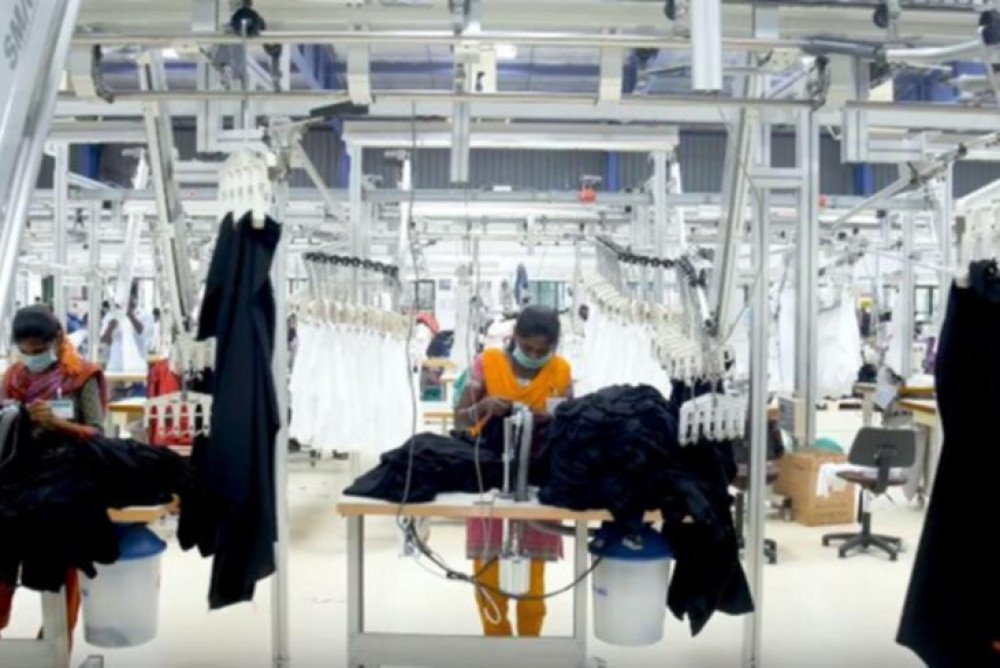Exploring the Geographical Landscape of Clothing Production: Where are Most Clothing Factories Located?


The global fashion industry has come a long way from the days of couture, where garments were created by hand and only the wealthy could afford them. Today, clothing production is a massive, multi-billion dollar industry that spans the globe. The development of large-scale production methods and advances in technology have made it possible for the average person to afford to buy new clothes whenever they wish. But where are most of these clothes being manufactured?
In the past, the majority of clothing factories were located in Western countries such as the United States and Europe. However, over the last few decades, the outsourcing of clothing production to countries with lower labor costs has become increasingly common. As a result, the majority of clothing factories are now located in developing countries, particularly in Southeast Asia. This shift has been driven by the need to keep production costs low and maximize profits, and it has led to significant changes in the global fashion landscape.
One of the countries at the forefront of the clothing production boom is China. With a large and growing population and low labor costs, China has become the world's leading producer of clothing, accounting for over 40% of the world's clothing production. This dominance has been driven in part by the Chinese government's policies and investments in the clothing industry, which has allowed it to grow rapidly and become an important part of the country's economy.
Other countries that are major players in the clothing production industry include Bangladesh, Vietnam, and India. These countries are attractive to clothing manufacturers because of their low labor costs and large populations, which provide a ready supply of workers. Additionally, these countries have been investing in the development of their clothing production industries, and many have established special economic zones and tax incentives to attract foreign investment.
Despite the benefits of low-cost production, there are also significant concerns about the impact of clothing production on workers and the environment. In many developing countries, workers in clothing factories are paid very low wages and are often subjected to long hours and poor working conditions. There have also been reports of environmental degradation and pollution in areas where clothing factories are located, as well as the use of hazardous chemicals in the production process.
In conclusion, the majority of clothing factories are now located in developing countries, particularly in Southeast Asia, due to the low labor costs and large populations in these countries. While this has led to significant growth in the global clothing production industry, it has also raised concerns about the impact of this production on workers and the environment. As consumers, it is important to be aware of these issues and to consider the impact of our clothing purchases on both people and the planet.





-500x500.jpg)
-500x500.jpg)
-500x500.jpg)
-500x500.jpg)
-500x500.jpg)